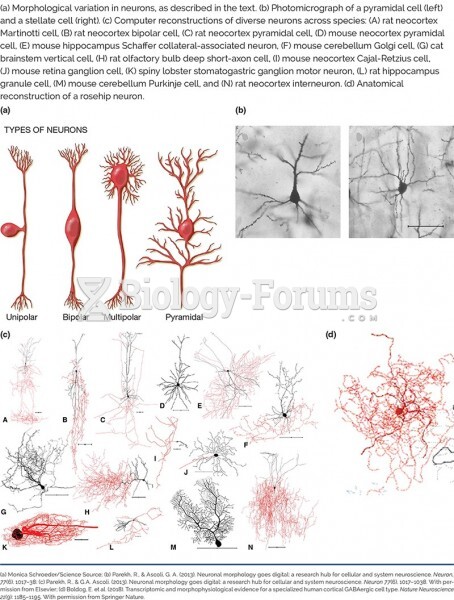Answer to Question 1
Getting along with clients is one of the most difficult tasks of public defenders. Nonetheless, client disrespect irritates attorneys and sours their associations with clients. Many eventually leave the job because of the difficulty of dealing with their clients (Platt and Pollock 1974).
Refusal to cooperate, deception, and dishonesty are serious problems public attorneys face in dealing with their clients (Flemming 1986a). At times, defendants tell their attorneys implausible stories, invent alibis, or withhold key information. The defendant's lack of candor greatly complicates the job of the attorney in representing him or her. Evasions and deceptions can affect tactical and strategic decisions. The lack of trust in the attorneyclient relationship may stem from the necessity for the lawyer to prepare the client for less than total victory. Since defendants involved in the criminal process often do not look beyond the present, postponing bad news from day to day, such statements are not to their liking. Public clients are skeptical about the skills of their lawyers and are worried about whose side the lawyers are on. Thus, many defendants view their lawyers, whether public or private, with suspicion, if not bitterness. This is particularly the case with court-appointed attorneys, whom many defendants consider the same as any other government-paid attorney. Many defendants view the public defender as no different from the prosecutor. A partial explanation for a breakdown of trust between the client and public defender involves the absence of one-to-one contact. Each defendant sees several public defenders, all of whom are supposed to be working for him or her.
This segmented approach to representation for indigents decreases the likelihood that a bond of trust will develop between attorney and client. It also increases the probability that some defendants will be overlooked. Defendants' lack of trust and confidence in their lawyers is a major force in shaping the dynamics of courthouse justice. Defendants try to con their attorneys, and the lawyers respond by exhibiting disbelief when defendants state unrealistic expectations or invent implausible alibis.
Answer to Question 2
c







